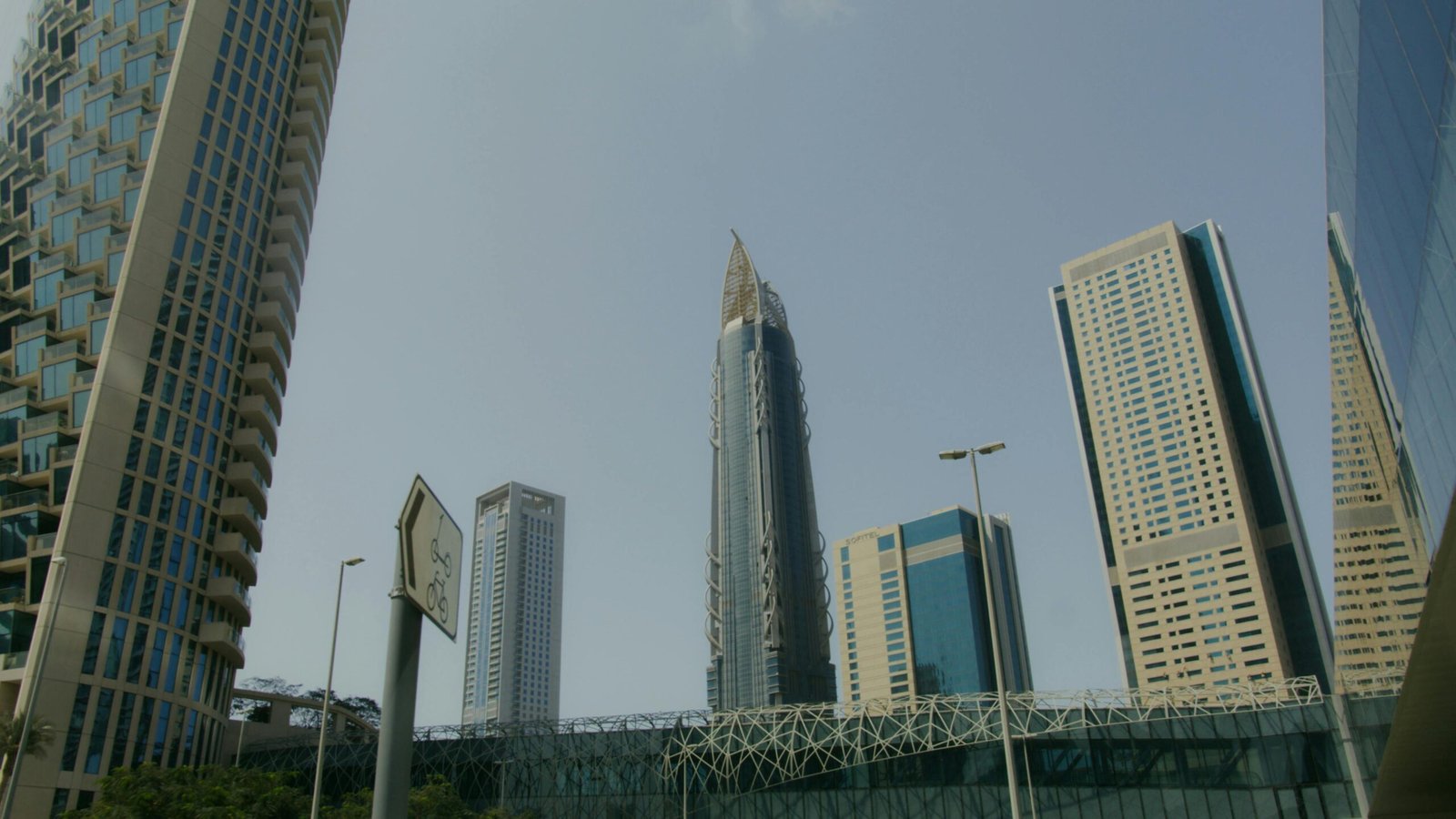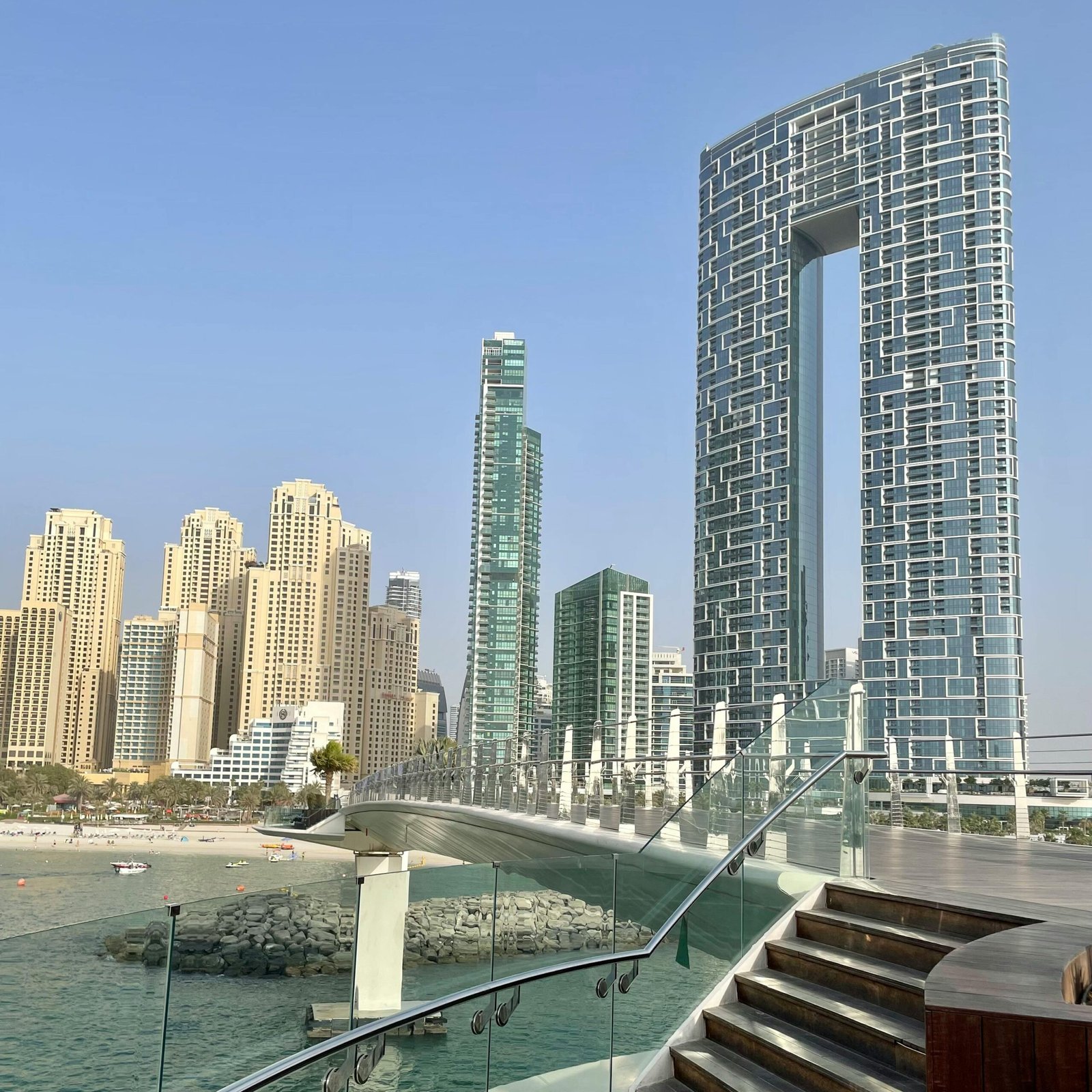The United Arab Emirates (UAE) has taken a significant step toward global tax compliance by introducing the Domestic Minimum Top-Up Tax (DMTT). Effective for fiscal years beginning on or after 1 June 2024, the DMTT ensures that multinational enterprise groups (MNEs) operating in the UAE pay a minimum effective tax rate of 15%—aligning with the OECD/G20 Inclusive Framework’s Pillar Two initiative.
For multinational businesses with UAE operations, understanding the DMTT is not just important—it’s essential for avoiding double taxation, ensuring compliance, and maintaining operational efficiency.
✅ What Is the UAE’s Domestic Minimum Top-Up Tax (DMTT)?
Introduced under Federal Decree-Law No. 60 of 2023, the DMTT is part of the UAE’s strategy to align its tax framework with the OECD’s Global Anti-Base Erosion (GloBE) rules. Its goal is to retain taxing rights within the UAE, rather than allowing other jurisdictions to impose tax on UAE-based income through the Income Inclusion Rule (IIR) or Undertaxed Profits Rule (UTPR).
In simple terms: if a large multinational’s UAE-based subsidiaries pay an effective tax rate below 15%, the UAE will “top up” the tax—reducing exposure to foreign taxes on that same income.
👥 Who Is Subject to the DMTT?
The DMTT applies only to MNE Groups with annual global consolidated revenues of €750 million or more in at least two of the previous four fiscal years, matching the Pillar Two threshold.
If you’re unsure whether your business falls under the DMTT, it’s strongly recommended to perform a detailed group-level assessment—or get professional advice.
💼 Need assistance navigating DMTT compliance? Get a free consultation here.
📌 Key Features of the UAE DMTT
- Minimum Effective Tax Rate: Ensures UAE-based entities in scope pay at least 15% tax.
- Prevents Tax Leakage: Stops other jurisdictions from taxing UAE profits via IIR or UTPR.
- OECD-Aligned: Fully mirrors the OECD’s Pillar Two Model Rules.
- Only for Large MNEs: Does not apply to local businesses or small/medium groups.
- Administrative Guidance: Further details are expected from the UAE Ministry of Finance and Federal Tax Authority in due course.
📝 What Should Multinationals Do Now?
Here are three steps businesses should take immediately:
- Assess Threshold Eligibility: Review your consolidated group revenue over the past four fiscal years.
- Model Your Effective Tax Rate: Calculate whether any UAE entities fall below the 15% ETR.
- Consult Experts: The DMTT is complex and evolving. Seeking localized, up-to-date tax advisory is crucial.
💡 Pro Tip: Multinationals that proactively structure for compliance can reduce the risk of penalties and minimize administrative burden.
👉 Speak to a consultant now to get started with a tailored compliance plan.
🧭 Final Thoughts
The UAE’s introduction of the DMTT reinforces its commitment to global tax fairness while maintaining its business-friendly environment. For multinational companies, this represents both a challenge and an opportunity—to streamline their UAE operations, avoid unnecessary foreign taxation, and stay ahead of compliance changes.
By acting early and seeking professional advice, businesses can navigate the new tax landscape with confidence.
Need help with DMTT compliance, modeling, or strategic planning?
👉 Get your free consultation here.





